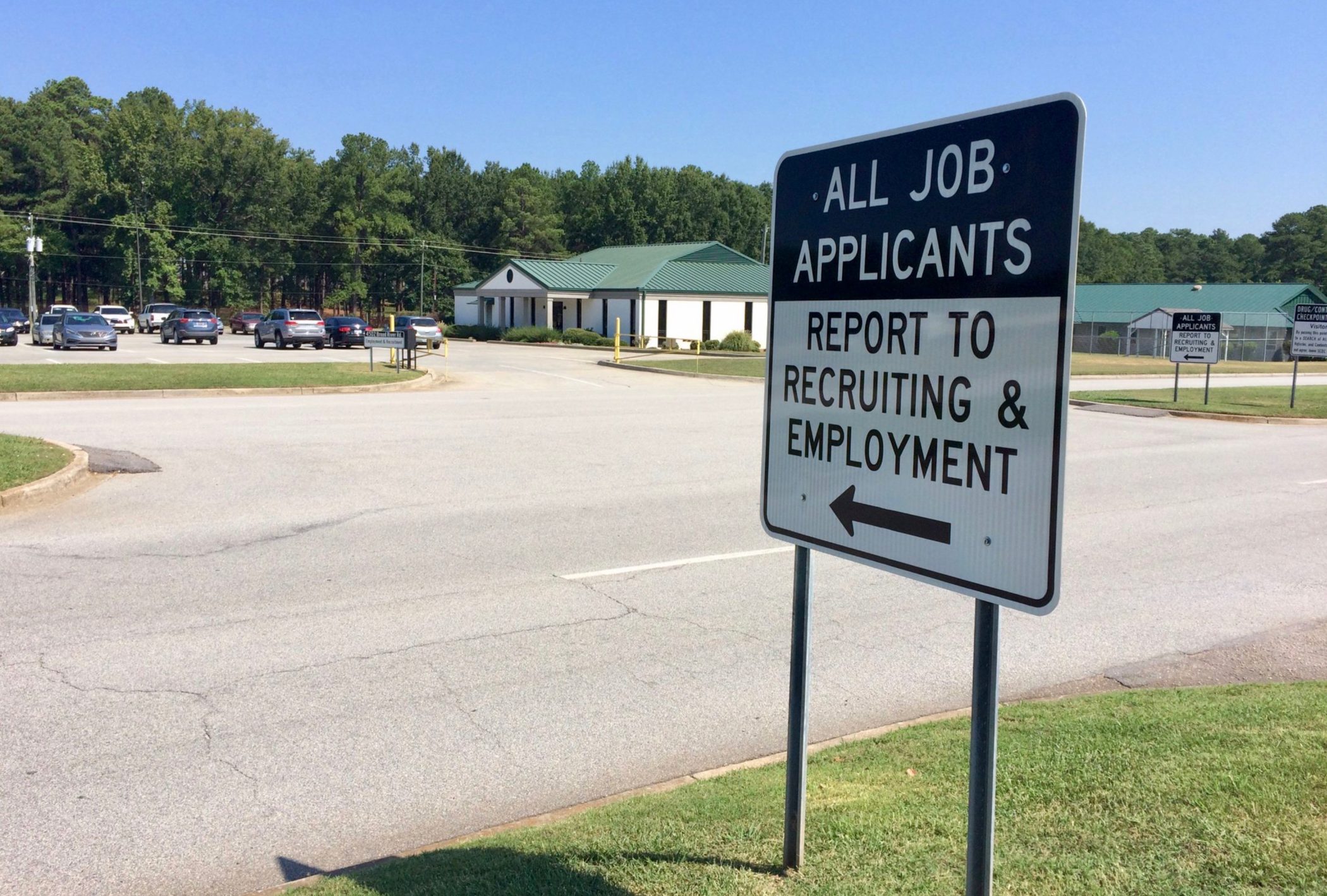SC Prison Busts: A Beginning
Yesterday’s news that fourteen employees of the South Carolina Department of Corrections (SCDCYou must Subscribe or log in to read the rest of this content.
Yesterday’s news that fourteen employees of the South Carolina Department of Corrections (SCDC
